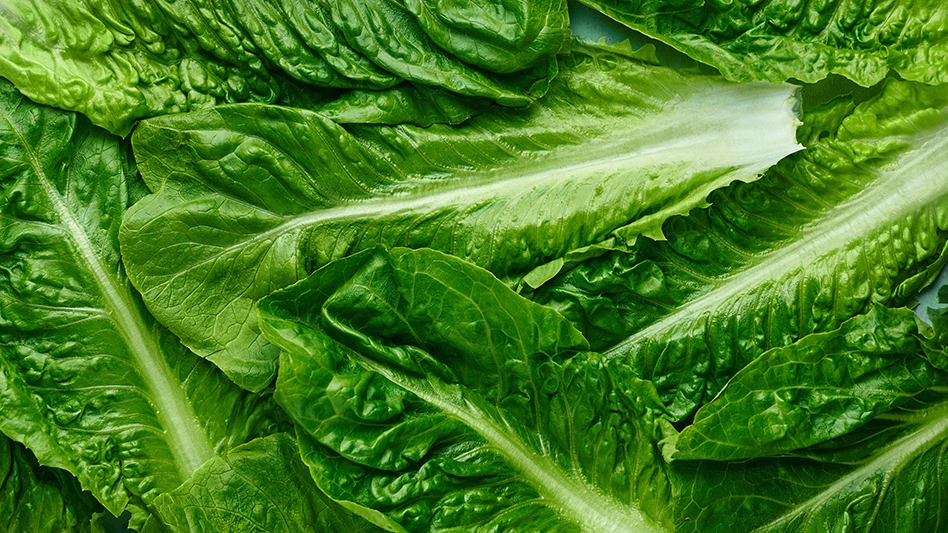
Food manufacturers have successfully utilized good sanitary practices from the plant floor to the shipment floor to prevent contamination, but loading tons of a clean safe food into a dirty unsafe transportation environment will create tons of unsafe food.
The Food Safety Modernization Act (FSMA) rule of Sanitary Transportation of Human and Animal Food is now final, requiring shippers and receivers who transport human and animal food to use good sanitary practices. What are some good sanitary practices for motor and rail vehicles? What are some practical solutions?
SANITARY TRANSPORTATION SSOP. A practical solution is to develop and follow a Sanitary Standard Operating Procedure (SSOP) for motor and rail vehicle pre-loading and loading activities. Develop a vehicle inspection and loading report with a checklist applicable to each of the many types of vehicles.
Each motor or rail vehicle type will require a customized SSOP. If adverse conditions are found, they are to be corrected before loading or the vehicle should be rejected. Each shipment must be inspected with observations documented. The loading report should consist of information specific to each loading activity, including information such as date, time, weather, trailer number, order number, seal numbers, and signatures of those involved with the pre-loading and loading activity. This data is important for future troubleshooting, problem solving, and/or liability prevention.
Questions to consider when inspecting conditions of a van trailer are: Is the trailer exterior acceptable for use? Do the doors close tightly? Is the trailer interior clean and free of leak evidence? Is the trailer free of any bird, insect or rodent evidence; off odors; glass or metal shavings; oil or other stains; loose nails and staples; ceiling, wall or floor openings; water and condensation? What was done to make the trailer acceptable for loading? Who accepted and prepared the trailer for loading?
Always allow a place for comments of the loading activity on your inspection form.
EMPLOYEE TRAINING. Another practical solution is to train employees to properly clean, inspect, and load vehicles. This activity is vital for implementation. Cleaning of vehicles such as pneumatic railcars comes with additional challenges, especially during cold months, and requires special procedures to meet the challenges. Personnel who are loading the vehicles must have a high awareness of food safety, as they are a last line of defense for products prepared for shipment.
Unusual food safety conditions will likely require unusual action. Training goes beyond company doors as the motor vehicle drivers themselves are required to receive food safety training. So, as part of your carrier selection criteria, review their food safety training program.
The loading area should be designed to be clean and dry and prevent contamination from dust, moisture, and pests. Ensure that the trailer doors seal tightly during loading and that there is sufficient lighting to observe any unusual conditions. When the vehicle is ready to be loaded, load it quickly and secure it in a timely manner. Taking a break when a vehicle is partially loaded is not a good practice. Each motor and rail vehicle type also will require a sanitary design loading area appropriate for each activity, preferably indoors.
PEST CONTROL. Pest control is important for motor and rail vehicles, with rail vehicles usually more of a challenge than motor vehicles. Rail vehicles may be parked in a transfer yard (known for bird and rodent activity) for days, making exclusion a critical tactic. Temperatures can reach incubation levels and cause insect populations to rise. One poor hatch seal can lead to a problem shipment or a customer rejection.
DEDICATED VEHICLES. Another practical solution is to dedicate transport vehicles to food use only and, if possible, to a specific food type. Utilizing dedicated vehicles will lower contamination risk from earlier undesirable deliveries. For example, flour should not be loaded into a truck hopper or railcar that previously hauled sand.
There are many types of food containers with specific handling requirements making foods susceptible to contamination during transportation. Although each company will have records of transportation problem shipments, there is limited data on food safety failures directly attributed to transportation. It has been reported that 40% of food grown in the U.S is not consumed. How much of this is due to inadequate transportation practices of food from the field to our forks?
FSMA’s rule of Sanitary Transportation must be managed and good records maintained. An FDA investigator will likely examine them some day. For the full rule, see http://bit.ly/1hPufFE.
OLE DOSLAND, QA & Food Safety Consultant and Trainer, DOZ Enterprises

Explore the February 2017 Issue
Check out more from this issue and find your next story to read.
Latest from Quality Assurance & Food Safety
- Kim Heiman Elected to Second Term as President of Wisconsin Cheese Makers Association
- FAO Launches $150 Million Plan to Restore Ukrainian Agricultural Production
- Pet Food Company Implements Weavix Radio System for Manufacturing Communication
- Penn State Offers Short Course on Food Safety and Sanitation for Manufacturers
- USDA Announces New Presidential Appointments
- FDA to Phase Out Petroleum-Based Synthetic Dyes in Food
- IFT DC Section to Host Food Policy Event Featuring FDA, USDA Leaders
- CSQ Invites Public Comments on Improved Cannabis Safety, Quality Standards





